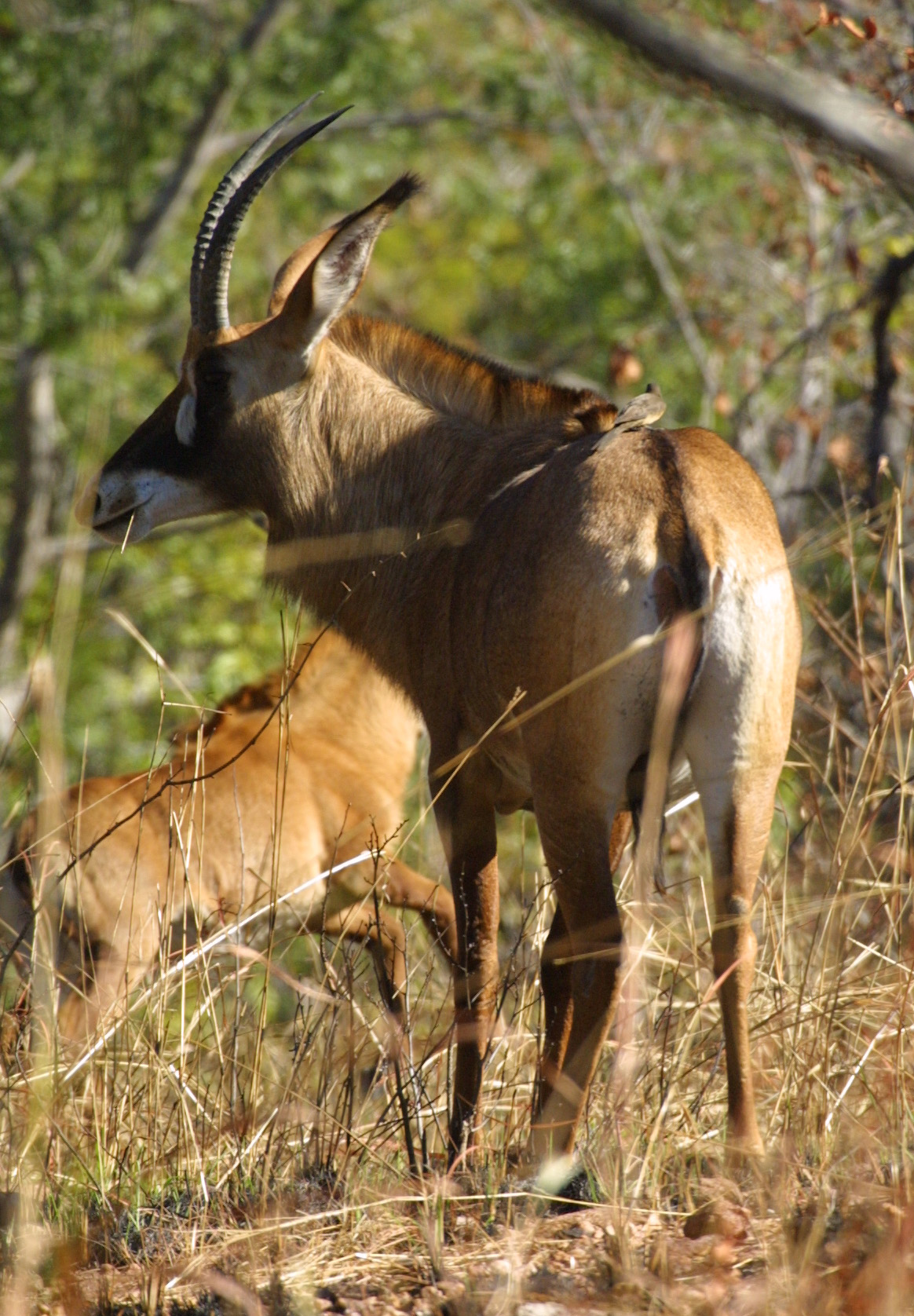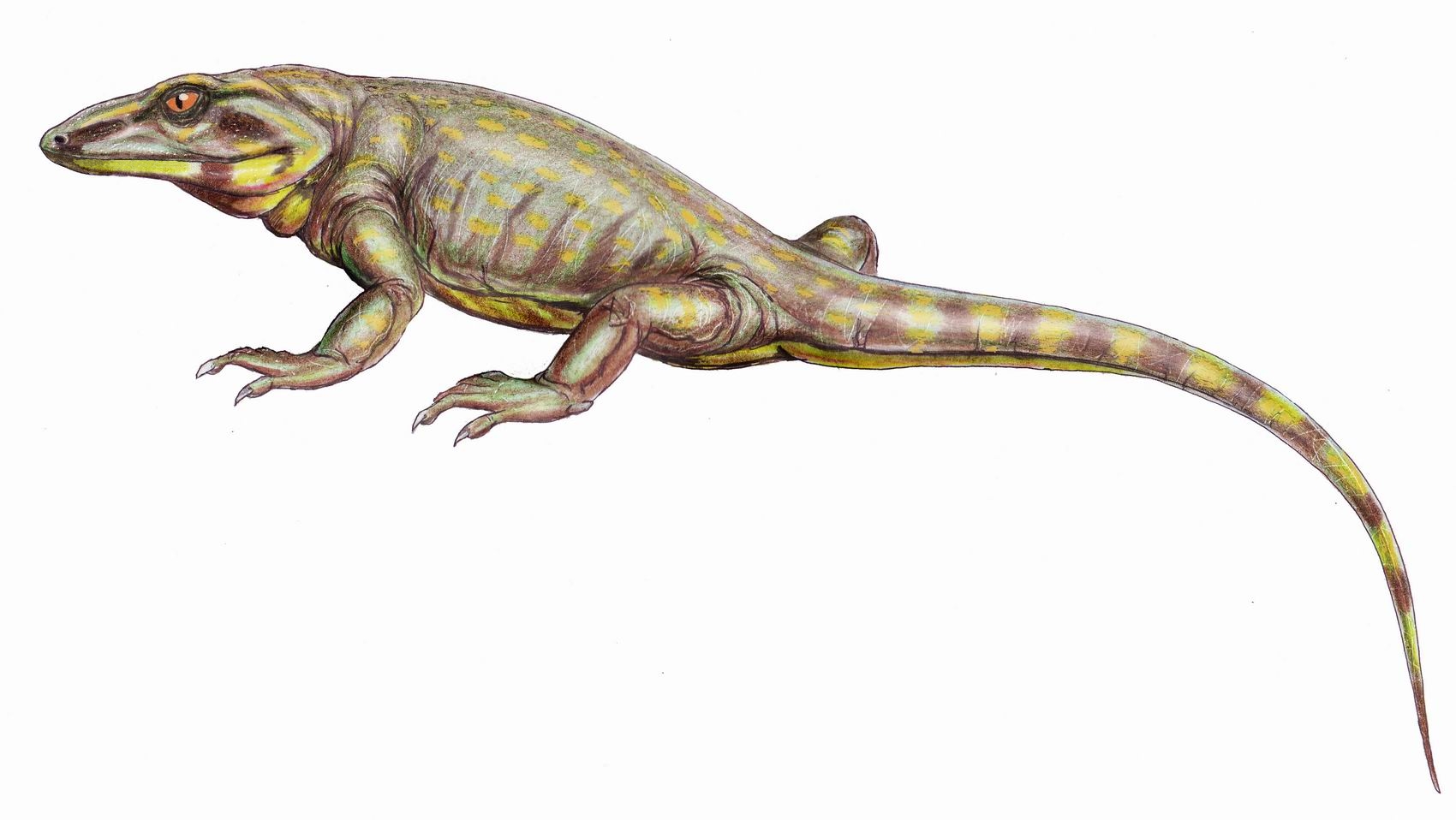|
Lined Blind Snake
The lined blind snake (''Afrotyphlops lineolatus''), also known as the common lined blind snake, common lined worm snake, or lineolate blind snake, is a species of snake in the family Typhlopidae.McDiarmid, Roy W., Jonathan A. Campbell, and T'Shaka A. Touré, 1999. ''Snake Species of the World: A Taxonomic and Geographic Reference, vol. 1'' It is widely distributed in Sub-Saharan Africa, from Senegal in the west to Ethiopia in the east and Angola and Zambia in the south. References Afrotyphlops, lineolatus Snakes of Africa Reptiles of West Africa Reptiles of Angola Reptiles of Cameroon Reptiles of the Central African Republic Fauna of Chad Reptiles of the Democratic Republic of the Congo Reptiles of Ethiopia Fauna of the Gambia Fauna of Ghana Fauna of Guinea Fauna of Ivory Coast Reptiles of Kenya Fauna of Liberia Reptiles of Nigeria Reptiles of the Republic of the Congo Fauna of Senegal Fauna of Sierra Leone Reptiles of South Sudan Vertebrates of Sudan Reptiles of Tanzania ... [...More Info...] [...Related Items...] OR: [Wikipedia] [Google] [Baidu] |
Giorgio Jan
Giorgio Jan (21 December 1791 in Vienna – 8 May 1866, Milan) was an Italian taxonomist, zoologist, botanist, herpetologist, and writer. He is also known as Georg Jan or Georges Jan. He was the first director of the natural history museum at Milan. Biography After having been an assistant at the University of Vienna until 1816, Jan obtained the post of professor of botany at the university of Parma as well as becoming Director of the botanical garden. Already in his time at Wien he started offering herbaria for purchase to princely courts - an example being the ''Oesterreichs Flora (Flora Austriae)'', sent between 1815 and 1818 to Karl August, Grand Duke of Saxe-Weimar-Eisenach. In Parma he continued to offer exsiccata-like series with plant specimens for sale, an example being the ''Herbarium portatile'' with the species list published in 1820. At that time, the Duchy of Parma was no longer under Austrian jurisdiction following the Congress of Vienna after the defeat of Na ... [...More Info...] [...Related Items...] OR: [Wikipedia] [Google] [Baidu] |
Fauna Of Ivory Coast
The wildlife of Ivory Coast consists of the flora and fauna of this nation in West Africa. The country has a long Atlantic coastline on the Gulf of Guinea and a range of habitat types. Once covered in tropical rainforest, much of this habitat has been cleared, the remaining terrain being gallery forests and savanna with scattered groups of trees, resulting in a decrease in biodiversity. As of 2016, 252 species of mammal had been recorded in Ivory Coast, 666 species of bird, 153 species of reptile, 80 species of amphibian, 671 species of fish and 3660 species of vascular plant. Geography Ivory Coast is a country in western sub-Saharan Africa just north of the equator, bordered by Liberia and Guinea to the west, Mali and Burkina Faso to the north and Ghana to the east. To the south lies the Gulf of Guinea with a coastline where there is a network of lagoons. The land rises from south to north, the terrain being mostly flat to undulating plain, with mountains in the west and nort ... [...More Info...] [...Related Items...] OR: [Wikipedia] [Google] [Baidu] |
Reptiles Of Zambia
Reptiles, as commonly defined, are a group of tetrapods with an ectothermic metabolism and amniotic development. Living traditional reptiles comprise four orders: Testudines, Crocodilia, Squamata, and Rhynchocephalia. About 12,000 living species of reptiles are listed in the Reptile Database. The study of the traditional reptile orders, customarily in combination with the study of modern amphibians, is called herpetology. Reptiles have been subject to several conflicting taxonomic definitions. In Linnaean taxonomy, reptiles are gathered together under the class Reptilia ( ), which corresponds to common usage. Modern cladistic taxonomy regards that group as paraphyletic, since genetic and paleontological evidence has determined that birds (class Aves), as members of Dinosauria, are more closely related to living crocodilians than to other reptiles, and are thus nested among reptiles from an evolutionary perspective. Many cladistic systems therefore redefine Reptilia as a clade ... [...More Info...] [...Related Items...] OR: [Wikipedia] [Google] [Baidu] |
Reptiles Of Uganda
Reptiles, as commonly defined, are a group of tetrapods with an ectothermic metabolism and Amniotic egg, amniotic development. Living traditional reptiles comprise four Order (biology), orders: Testudines, Crocodilia, Squamata, and Rhynchocephalia. About 12,000 living species of reptiles are listed in the Reptile Database. The study of the traditional reptile orders, customarily in combination with the study of modern amphibians, is called herpetology. Reptiles have been subject to several conflicting Taxonomy, taxonomic definitions. In Linnaean taxonomy, reptiles are gathered together under the Class (biology), class Reptilia ( ), which corresponds to common usage. Modern Cladistics, cladistic taxonomy regards that group as Paraphyly, paraphyletic, since Genetics, genetic and Paleontology, paleontological evidence has determined that birds (class Aves), as members of Dinosauria, are more closely related to living crocodilians than to other reptiles, and are thus nested among re ... [...More Info...] [...Related Items...] OR: [Wikipedia] [Google] [Baidu] |
Fauna Of Togo
The wildlife of Togo is composed of the flora and fauna of Togo, a country in West Africa. Despite its small size the country has a diversity of habitats; there are only remnants of the once more extensive rain forests in the south, there is Sudanian savanna in the north-western part of the country and larger areas of Guinean forest–savanna mosaic in the centre and north-east. The climate is tropical with distinct wet and dry seasons. There are estimated to be over 3000 species of vascular plants in the country, and 196 species of mammals and 676 species of birds have been recorded there. Geography Togo is a small, elongated country in West Africa, located between Ghana to the west, Burkina Faso to the north, Benin to the east and an coastline on the Gulf of Guinea to the south. Most of the country is below , with mountain ridges running across the centre from the Togo Mountains in the south-west to upland areas in the north-east. These mountains consist of plateaus separa ... [...More Info...] [...Related Items...] OR: [Wikipedia] [Google] [Baidu] |
Reptiles Of Tanzania
Reptiles, as commonly defined, are a group of tetrapods with an ectothermic metabolism and amniotic development. Living traditional reptiles comprise four orders: Testudines, Crocodilia, Squamata, and Rhynchocephalia. About 12,000 living species of reptiles are listed in the Reptile Database. The study of the traditional reptile orders, customarily in combination with the study of modern amphibians, is called herpetology. Reptiles have been subject to several conflicting taxonomic definitions. In Linnaean taxonomy, reptiles are gathered together under the class Reptilia ( ), which corresponds to common usage. Modern cladistic taxonomy regards that group as paraphyletic, since genetic and paleontological evidence has determined that birds (class Aves), as members of Dinosauria, are more closely related to living crocodilians than to other reptiles, and are thus nested among reptiles from an evolutionary perspective. Many cladistic systems therefore redefine Reptilia as a clade ... [...More Info...] [...Related Items...] OR: [Wikipedia] [Google] [Baidu] |
Vertebrates Of Sudan
Vertebrates () are animals with a vertebral column (backbone or spine), and a cranium, or skull. The vertebral column surrounds and protects the spinal cord, while the cranium protects the brain. The vertebrates make up the subphylum Vertebrata with some 65,000 species, by far the largest ranked grouping in the phylum Chordata. The vertebrates include mammals, birds, amphibians, and various classes of fish and reptiles. The fish include the jawless Agnatha, and the jawed Gnathostomata. The jawed fish include both the cartilaginous fish and the bony fish. Bony fish include the lobe-finned fish, which gave rise to the tetrapods, the animals with four limbs. Despite their success, vertebrates still only make up less than five percent of all described animal species. The first vertebrates appeared in the Cambrian explosion some 518 million years ago. Jawed vertebrates evolved in the Ordovician, followed by bony fishes in the Devonian. The first amphibians appeared on land in the ... [...More Info...] [...Related Items...] OR: [Wikipedia] [Google] [Baidu] |
Reptiles Of South Sudan
Reptiles, as commonly defined, are a group of tetrapods with an ectothermic metabolism and Amniotic egg, amniotic development. Living traditional reptiles comprise four Order (biology), orders: Testudines, Crocodilia, Squamata, and Rhynchocephalia. About 12,000 living species of reptiles are listed in the Reptile Database. The study of the traditional reptile orders, customarily in combination with the study of modern amphibians, is called herpetology. Reptiles have been subject to several conflicting Taxonomy, taxonomic definitions. In Linnaean taxonomy, reptiles are gathered together under the Class (biology), class Reptilia ( ), which corresponds to common usage. Modern Cladistics, cladistic taxonomy regards that group as Paraphyly, paraphyletic, since Genetics, genetic and Paleontology, paleontological evidence has determined that birds (class Aves), as members of Dinosauria, are more closely related to living crocodilians than to other reptiles, and are thus nested among re ... [...More Info...] [...Related Items...] OR: [Wikipedia] [Google] [Baidu] |
Fauna Of Sierra Leone
The wildlife of Sierra Leone is very diverse due to the variety of different habitats within the country. Sierra Leone is home to approximately 2090 known higher plant species, 147 known species of mammals, 172 known breeding bird species, 67 known reptile species, 35 known amphibian species and 99 known species of fish. Mammals There are approximately 147 known species of wild mammals within Sierra Leone. Members of fourteen orders of placental mammals inhabit Sierra Leone. The endangered pygmy hippopotamus has territories around the islands on the Moa River and is widespread in the Gola Forest area. There are three species of wild pig that occur across Sierra Leone: the wart hog, the giant forest hog and the red river hog. Sierra Leone has 15 identified species of primates that include bushbaby, monkeys and a great ape, the common chimpanzee which is Sierra Leone's largest primate. Chimpanzees are found across the country with the 2010 chimpanzee census estimated a wild ... [...More Info...] [...Related Items...] OR: [Wikipedia] [Google] [Baidu] |





